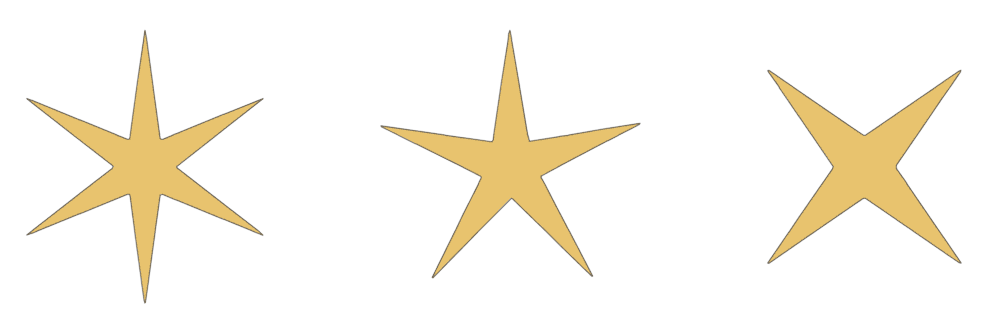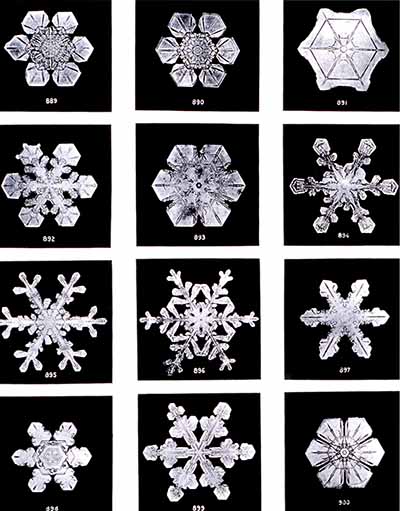Possible Vortex Types
There are still many vortex types that haven't been classified yet. And there are still many phenomena that have not been linked to being caused by vortex movement. This page will feature some of the vortices that are still unclassified, but for which I would like to point out some sort of connection or some possible explanation. So far this page features only two such connections, which is the possible link of a phenomenon in the skies of Kazakhstan to one type of coronal discharge, and the possible link of a termite nest's air-conditioning system with one form of supercell.
Kazakhstan Light Phenomenon

Kazakhstan, 30th June 2010
This trail of light appeared on a Wednesday night in the sky over the capital city of Bishkek, Kazakhstan, which later disappeared in a bright flash. The exact source and cause of this glowing trail of light is unknown. There have been more of these incidents with similar trails of light forming in the sky. The photo below on the right was taken in north-west Russia in 2011.
 Kazakhstan |
 Severodvinsk, 20th January 2011 |
The initial cause of the phenomenon could likely to be the plume of the exhaust of a rocket. When a rocket takes off at ground-level its plume does not look like anything on the photo's above. But at very high altitudes, the plume of a rocket widens, and for some type of rockets it widens to the extent that the plume changes into the same shape as light phenomenon seen in Kazakhstan, as shown in the photo below.

The color and size of the light phenomenon seen at Kazakstan is different from that from the exhaust of a rocket. So if it is caused by a rocket, then it still needs to be understood how under rare conditions some rocket plumes can change into this amazing bright trail of light.
The photo below shows a corona discharge (not to be mistaken with the sun's corona, which is a different vortex type) from a Wartenberg pinwheel in air caused by applying a high voltage, ~30kV. Those 19 different streaks emerging from tips of those pins all look like vortices from the same type, same shape and appearance. They look closely similar to the Kazakhstan vortex, yet they're a much smaller size.
_UnderCCBYSA3.0.jpg)
Image by G1MFG, (Wikimedia), under CC BY-SA 3.0 license
It could be possible that the Kazakhstan phenomenon is also some kind of electrical discharge, of the same type as that of the Wartenberg pinwheel. In that case the phenomenon could be caused by the build-up and release of an electrical charge in the sky, and the cause of its release could then be the exhaust of the rocket, which starts the initial vortex movement.
Termite Air-Conditioning System
A termites nest has an air-conditioning system build at the base of the nest, some feet underneath the ground, which is meant to keep the structure above at cool temperatures for the termites to be able to live in this amazing habitat that they've build. This air-conditioning system consists of lines of concentric veins, that sort of form a very steep cone. This video by the BBC shows this air-conditioning chamber filmed from within the structure.
 |
This structure made by termites looks very similar to a supercell, at least, one form of supercell. There are different forms of supercells that have different shapes. The two photos below show one type which has a similar shape as the termites nest air-conditioning system (you need to consider the empty space in between the veins as the body of the vortex, not the veins themselves. The vortex flows in between the veins). It could be that we are looking at a structure whose functionality can be explained by understanding the movement of a particular type of vortex, one that has not been identified yet. We could be looking at a new type of vortex, similar to both phenomena.
 |
 |
What I can't see in the video is if the veins of the air-conditioning system spiral inward. If so then it is more likely that this structure is similar to this type of supercell. If not then both shapes can still be related to one another. The structure made by the termites could be a dilated form (thus one cycle higher) of the vortex that forms the supercell.
What vortices are located near the EM spectrum in other cycles?
On the page about motion near the EM spectrum, I've discussed a few of the near-EM vortices that exist within the transformation sequence, yet all of them so far were from the first lower and first upper cycle. The question that now emerges is what near-EM vortices there are in the other cycles. For example, what near-EM vortices are there within the second cycle?
It is not certain what those vortices are, but there are some hints, and some ideas that we can derive from them. The lowest dimensional known vortex within the second cycle is the hyperbelt. A possible lower dimensional vortex that exists at a lower position within the sequence, could be a vortex that has the shape of a star, one that is planar, flat.

There are several reasons I think this might be so. First is that the star shape fits in a connected sequence. The star shape can connect to the EM crossing location (which has an unknown shape at that position) at its low end, and to the hyperbelt at its high end. Because the hyperbelt is flat the star is expected to be flat as well.
Second reason the star shape might be a near-EM vortex is because that is the shape one might expect such a vortex to be. Near-EM vortices are incomplete vortices, located on one half of a dimension level. The star shape is like one of the disks from the second cycle that has partially been cut away. The shape can not form a full disk because the vortex can only span over half a dimension level.
|
|
 Image by Wilson Bentley |
Third reason are the throwing toys. Within the second cycle we find the disk vortices. Most of the shapes of these disk vortices are also the shapes of man-made throwing toys. Throwing rings, discus and frisbees for instance, these objects all reveal to us what the appropriate shapes for the vortices are. Some examples of these toys were shown on the page about the disks, but there are still a few more throwing toys that are unaccounted for. One of these toys, which should actually not be called a toy but a throwing weapon, is the shuriken. The shuriken suggests that there could be a vortex that is shaped like a star, and that vortex could be, like all the other disks, within the second cycle, the fourth half-cycle to be precise.
Another interesting thing is that the shape of the shuriken looks somewhat similar to the shape of snowflakes. There could be a relation between the two. Crystals in the first half-cycle are located close to the EM spectrum, close to the zero point. It could be that the movement that creates a snowflake is one that is close to a location that is exactly one or two cycles away from the zero point. The zero point is located at the start of the first half-cycle. Therefore the movement of the snowflake could be located at the start of the second half-cycle.
 NASA SpaceX Rocket Launch |
 Russian Missile Launch |
The fourth reason why I think that the star-shape could be a near-EM vortex at the start of the second cycle are rocket nozzles. The amberon we found at the start of the first cycle, which we find in the form of shock diamonds, that come out of a rocket nozzle. What also comes out of rocket nozzles are bright star-shapes, optical phenomena. There is a good possibility that those star shapes are formed by a near-EM vortex, because they come from the same source as the shock diamonds, the same source as the amberon. These bright stars are not physically there, they're optical phenomena formed within the camera lens, but despite that I have a strong feeling that they're formed by the near-EM vortex, which might be a disk, or another vortex class.
| All content on this site that is authored by Peter.A.Venis is licensed under the Creative Commons CC BY 4.0 license, unless otherwise mentioned. Most pages on this website also include material from other authors, under different licenses. Both the author's names and the licenses are mentioned in the file names whenever this information is known and can be provided. The presence of work from other authors on this website does not necessarily imply that those authors endorse the contents of this website. |
| A word that is often used on this website is the word 'vortex'. Many sources describe a vortex as a movement in a fluid that has a rotational flow. Yet many of the vortices that I describe on this website do not show a visible rotational flow. I took the liberty of using the word vortex for describing a phenomenon that had not been understood before, one that links together rotational and non-rotational movements. Even a movement in a straight line can in some cases be categorized as a vortex, if it is known that that movement is created by certain identical conditions. So keep in mind that the word 'vortex', within the context of the infinity-theory, has not the exact same meaning as other sources describe. |




_UnderCCBySA3.0.jpg)